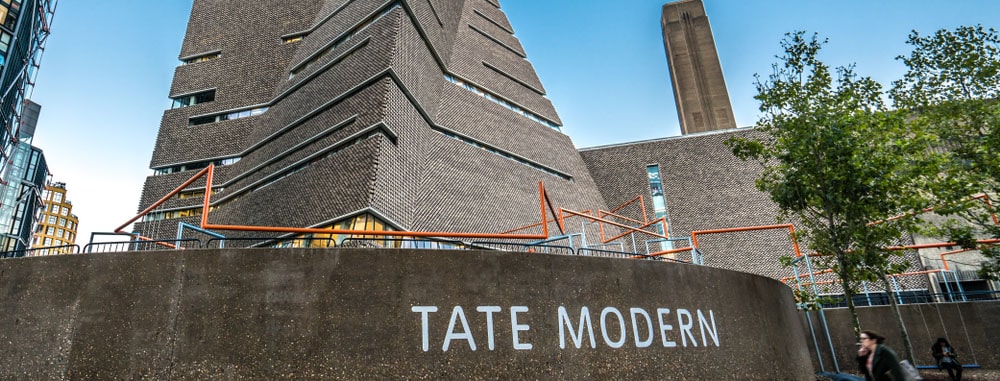
Flat owners win case against Tate Modern
The owners of flats in London that can be seen into from the Tate Modern Gallery’s viewing gallery have been granted an appeal, after Britain’s Supreme Court found that visual intrusion into a home could be considered a private nuisance in some circumstances.
Three of the judges allowed the appeal, while two gave a dissenting judgment, according to the Law Society Gazette of England and Wales.
The claimants in Fearn and others v Board of Trustees of the Tate Gallery are owners of the glass-walled flats.
They are seeking an injunction requiring the art gallery to prevent visitors from viewing their homes from the platform, or as an alternative, an award of damages.
The case was dismissed by the High Court and later, for different reasons, by the Court of Appeal.
’On display’
In a 96-page judgment, published more than a year after the hearing, the Supreme Court has now allowed the appeal.
In lead judgment, Lord Leggatt said: “I suspect that what lies behind the rejection of the claim by the courts below is a reluctance to decide that the private rights of a few wealthy property owners should prevent the general public from enjoying an unrestricted view of London, and a major national museum from providing public access to such a view.”
An estimated 500,000 people visit the Tate’s viewing gallery each year.
The flat owners argue that the Tate “actively invites” the public to visit and “look out from that location in every direction – including at the claimants’ flats situated only 30-odd metres away”.
Leggatt said: “It is not difficult to imagine how oppressive living in such circumstances would feel for any ordinary person – much like being on display in a zoo”.
‘Wrong legal test’
The Supreme Court found that the trial judge made a “cluster of mistakes”, as he applied the wrong legal test when deciding “whether the Tate Modern, in operating the viewing gallery as it does, is making an unreasonable use of its land”.
“Nowhere did the judge consider whether the operation of a viewing gallery is necessary for the common and ordinary use and occupation of the Tate’s land,” said Leggatt.
“Had he done so, he would have been bound to conclude that … the Tate was not using its land ‘in a common and ordinary way, but in an exceptional manner.’”
Leggatt agreed that the advantages to glassed design flats came at a price, in terms of privacy, but added that “the physical attributes of a building cannot themselves give rise to a claim or defence to a claim in nuisance”.
Public interest
The judge stated: “Inviting several hundred thousand visitors a year to look out at the view from your building cannot by any stretch of the imagination be regarded as a common or ordinary use of land.”
Leggatt said the lower courts were influenced by what they perceived to be the public interest in the use made of the Tate’s viewing gallery.
Although it was not wrong to take public interest into account, he said, “what is wrong is to treat it as relevant to the question of liability for nuisance, rather than only, where liability is established, to the question of what remedy to grant”.
He referred the case back to the High Court to determine the appropriate remedy.